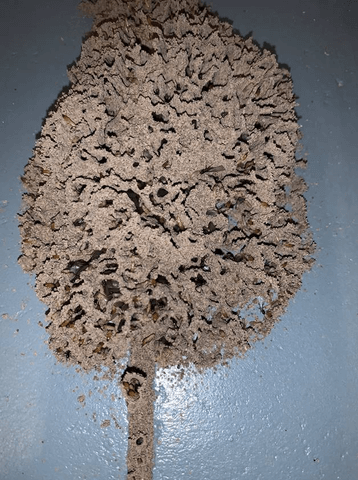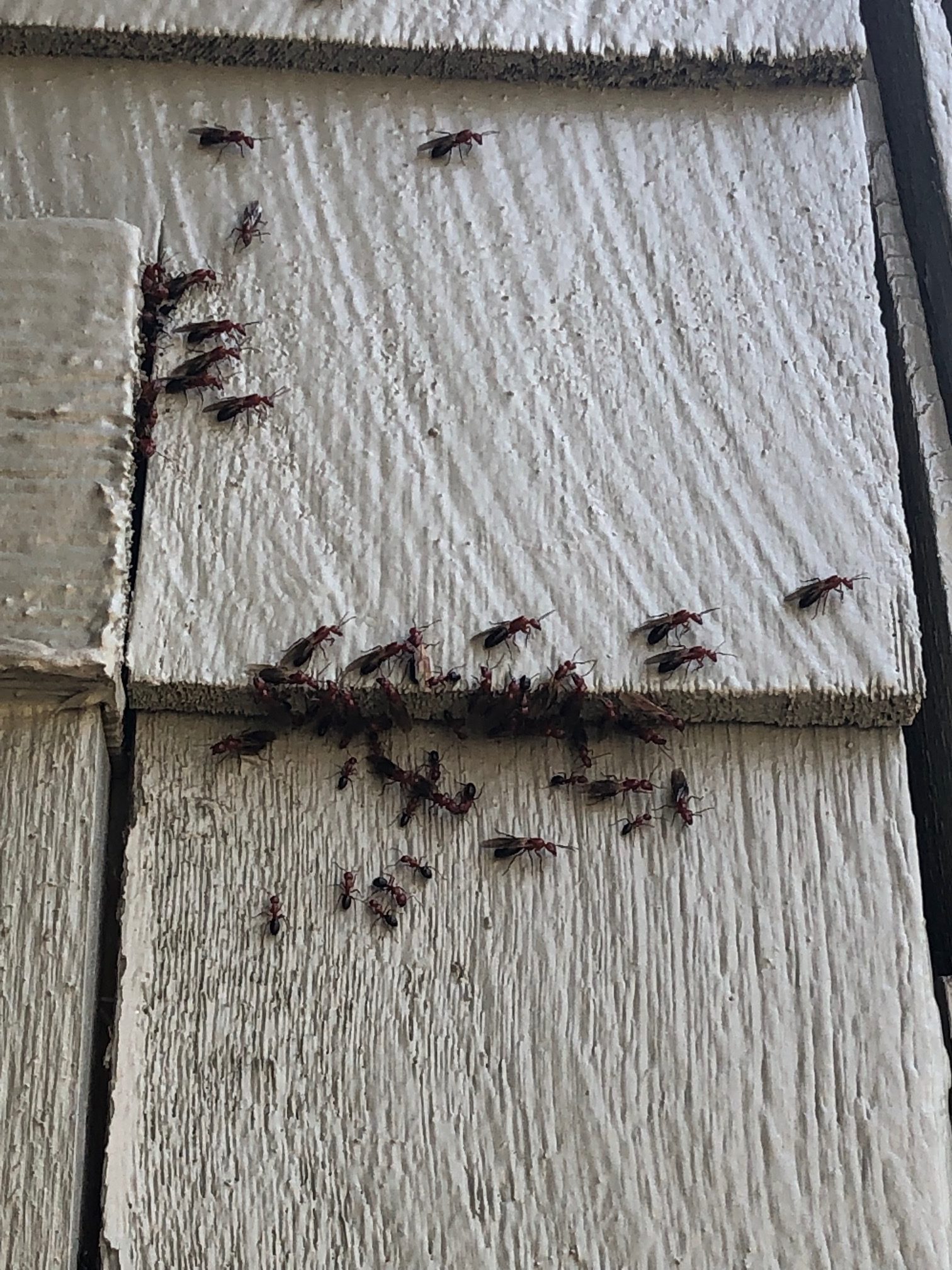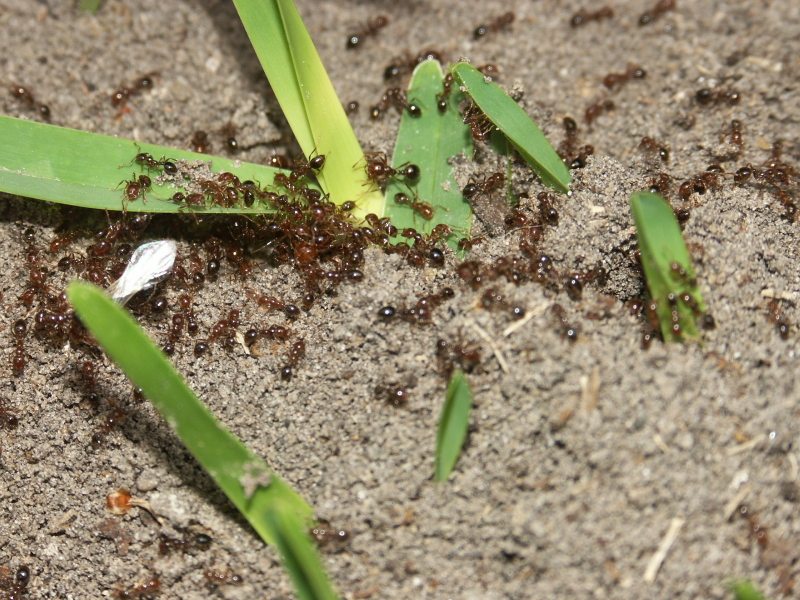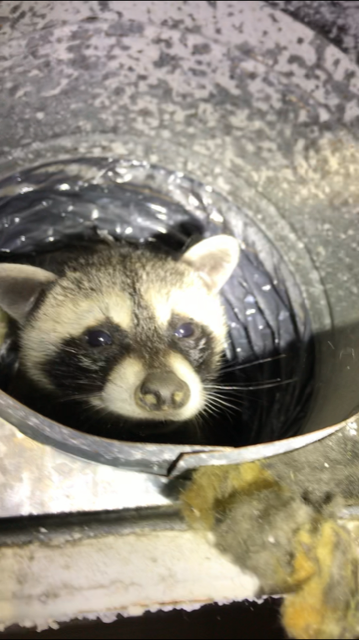Fleas
![]() Flea control is a marathon not a sprint; it requires a cooperative effort by the technican and the customer to get rid of these bloodsucking beasties.
Flea control is a marathon not a sprint; it requires a cooperative effort by the technican and the customer to get rid of these bloodsucking beasties.
Understanding the life cycle of the flea is key to understanding control.
There are 2000 different species of fleas; 95% occur on humans, 5% on birds. They infest wildlife mammals, cats, dogs, rodents, birds and of course humans. The species of interest are the:
- Cat Flea: Ctenocephalides felis
- Dog Flea: Cetenocephalides canis (source of tapeworms)
- Human Flea: Pulex irritans
- Oriental Rat Flea: Xenopsylla cheopis
The cat and dog fleas are the most common in U.S. households, and they are the least host specific (will feed on humans). The wildlife reservoir would include such animals as opossum, racoon, etc. Fleas that infest rodents can transmit diseases to humans, such as: Murine Typhus and Typhus; the oriental rat flea transmits Plague.
Fleas can jump up to 13 inches. Did you know that if a flea were the size of a Great Dane it could leap a distance equivalent to 1/4 mile.
There are four stages of the flea life cycle.
- Egg
- Larva
- Pupa
- Adult
Under ideal conditions 10 female fleas, in 30 days, can produce up to 90,000 eggs. (The female starts producing eggs within 2 days of a blood meal.) On average that’s 40 – 50 eggs per day, per female. The eggs are laid on the host and roll off into the environment. The process usually takes 3 – 4 weeks under average conditions. It can range from 12 – 14 days and up to 190 days. Most flea eggs hatch at 70 degrees Fahrenheit – 90 degrees Fahrenheit with 50 – 0% relative humidity in 1.5 days; 55 degrees Fahrenheit and 35% relative humidity approximately 6 days.
The eggs hatch into larva. The larva has a head, a pair of antenna, 10 abdominal segments and anal struts (used for movement). They avoid sunlight and must have humidity to live. Flea larva feed on dried host blood, pet dander, flea eggs, tape worm eggs, organic matter and other larva. It’s a larva eat larva world out there.
The larva then reach the pupa-cocoon stage. In this stage the cocoon is sticky and picks up dust and small debris of organic sediment. The cocoons are camouflaged in carpetings, protected from insecticides and can remain dormant in cocoon for months waiting to emerge when there is a suitable host.
The pupa emerges when they detect a host. This can be caused by vibrations, direct pressure, increased temperature, humidity, light intensity and treatment of the environment. Period of emergence varies – generally 2 to 4 weeks. Lifespan of the adult flea averages about 113 days.
In any given flea environment you have: Flea eggs 34%, Flea larva 57%, Flea pupae 8% and Adult Fleas 1%. As you can see the Adult fleas are the least of the problem.
After a treatment by a PMP, most of the fleas will be controlled by the time you return home; however it is important to follow the post treatment directions given to you by your PMP. You will see fleas for a couple of weeks after treatment. These are the newly hatched from their protective cases and will be controlled by the residual effect of the alduticide and/or treatment of the pet. Remember to vacuum, vacuum and vacuum. Be sure to throw the vacuum bags away outside. Eggs will hatch and larva will emerge from the bags if left inside.
Before treatment prepare the home by vacuuming.















